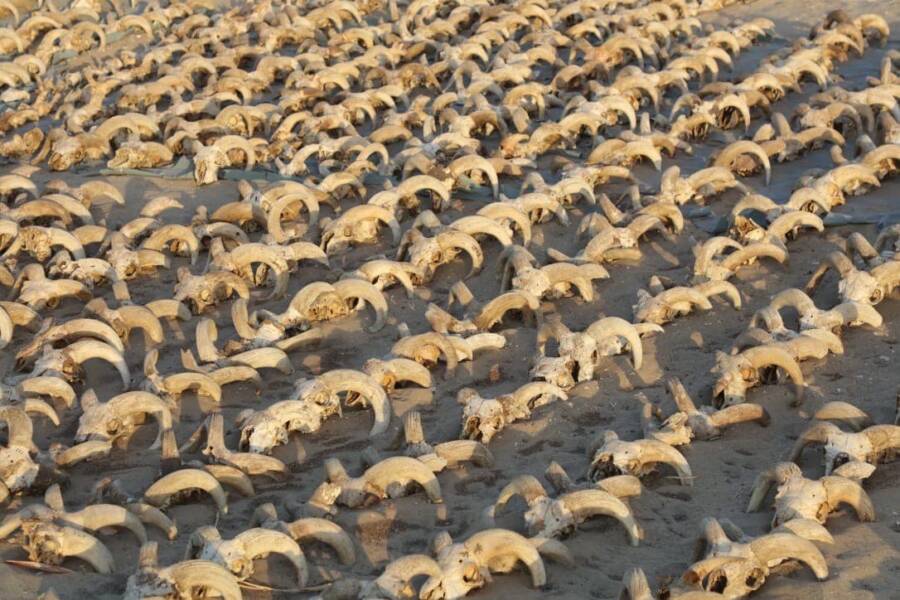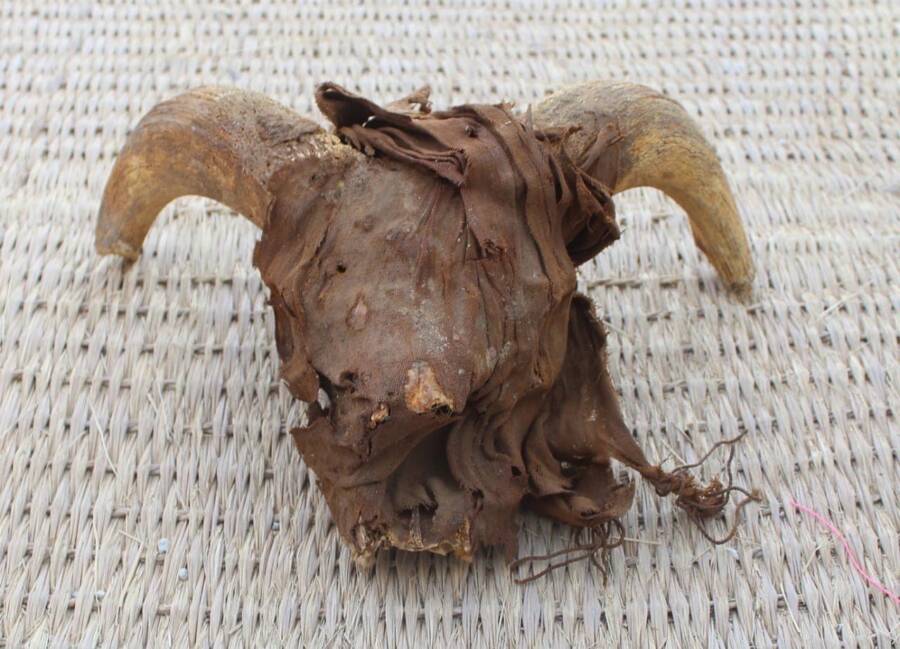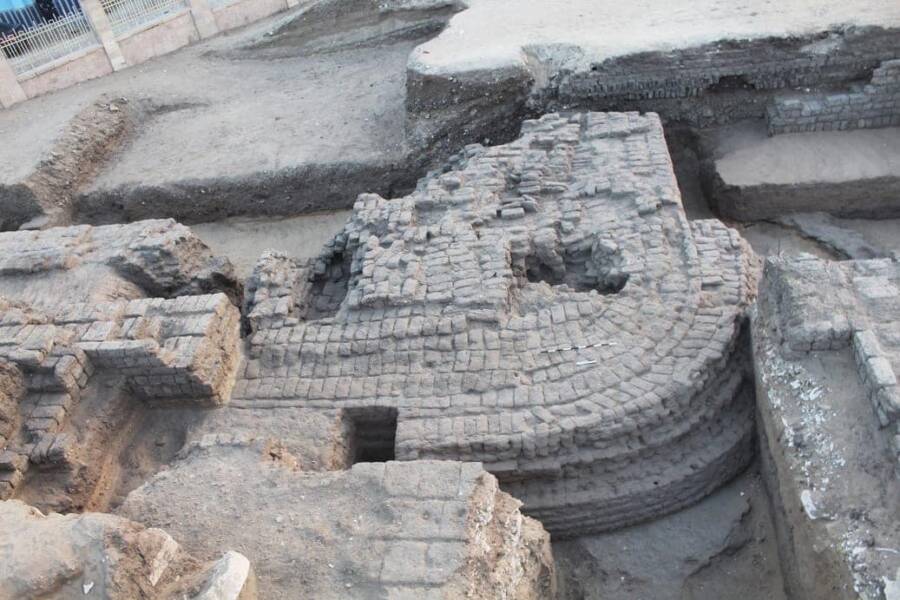Archaeologists also found the remains of mummified dogs, wild goats, cows, gazelles, and mongooses.

Ministry of Tourism and Antiquities/FacebookThe remains were an offering to Ramses II 1,000 years after his death.
Ateam of archaeologists from New York University’s Institute for the Study of the Ancient World just made an incredible find in Abydos, Egypt: thousands of animal remains, including 2,000 ram heads. These mummified body parts were made as offerings to the Egyptian pharaoh Ramses II long after his death.
According to a statement from Egypt’s Ministry of Tourism and Antiquities, the animals — which also included goats, dogs, cows, deer, and an ostrich — were uncovered in a “newly discovered” warehouse room in an ancient temple dedicated to Ramses II.
Sameh Iskandar, the head of the archaeological team, explained that the remains appear to be “offerings” which indicate “a cult to Ramses II celebrated 1,000 years after his death,” according to the Times of Israel.
Dr. Mostafa Waziri, Secretary-General of the Supreme Council for Archaeology, emphasized the “importance of this discovery,” according to the Ministry of Tourism and Antiquities. Waziri noted that it will help archaeologists understand the “life and history” of the temple of King Ramses II in Abydos and “what it witnessed” throughout the centuries.

Ministry of Tourism and Antiquities/FacebookOne of the 2,000 ram heads discovered by archaeologists at the ancient temple.
In addition to the ram heads, archaeologists also made another discovery at the site. According to Reuters, the American team uncovered a “large palatial structure” with sixteen-foot-thick walls dating from the Old Kingdom’s sixth dynasty. Researchers also discovered statues, papyri, ancient tree remains, leather garments, and shoes at the site.
Iskandar noted that the discovery of the new structure could “reestablish the sense of the ancient landscape of Abydos before the construction of the Ramses II temple,” according to Reuters.
Both finds encapsulate Egypt’s long and rich history. Though less visited than other parts of the country, the city of Abydos — almost 300 miles south of Cairo — is full of archaeological treasures. Reuters reports that it was once a necropolis for ancient Egyptian royalty. In addition, Abydos long served as a pilgrimage site for worshippers of the god Osiris.

Ministry of Tourism and Antiquities/FacebookIn addition to the 2,000 ram heads, archaeologists also came across a palatial structure as well as items like shoes, leather garments, and papyri.
And Ramses II, whose temple contained the ram heads, left a particularly deep mark on Egyptian history. The Times of Israel reports that the pharaoh ruled from 1304 until 1237 B.C.E. A renowned warrior, he ordered the construction of several temples across Egypt. He is also believed to be the ruler referenced in the biblical Book of Exodus.
As for what’s next for the site? The American team from New York University “will continue their excavation work… to uncover more about the history of this site and study and document what has been uncovered during the current excavation season,” the Ministry of Tourism and Antiquities confirmed in their statement.
As the Times of Israel notes, Egypt is hopeful that its wealth of archaeological treasures will draw more tourists to the country. Before the coronavirus pandemic, an average of 13 million people visited the country per year. By 2028, Egypt hopes to more than double that number to 28 million.
Tourism is an important part of Egypt’s economy and accounts for 10 percent of its GDP. As the country struggles economically, it’s hopeful that finds like the ram heads can draw more and more people to visit.